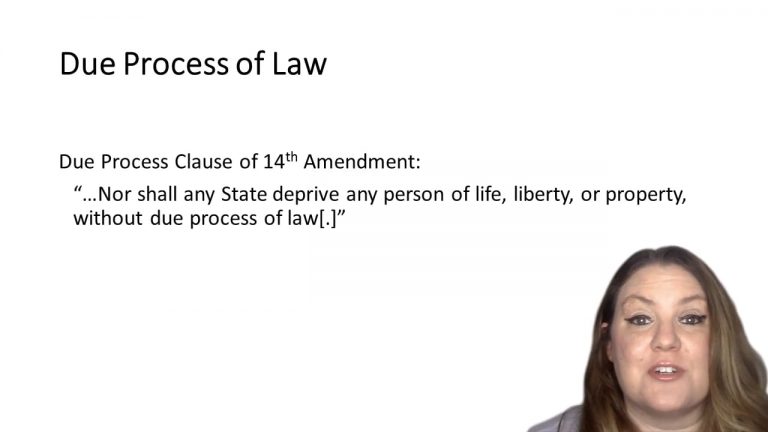SmartBrief
Confirm favorite deletion?
Criminal Procedure Keyed to Dressler
Bordenkircher v. Hayes
Citation:
434 U.S. 357, 98 S.Ct. 663, 54 L.Ed.2d 604.Facts
The defendant was indicted on a charge of using a forged payment in the amount of $88.30, an offense then punishable by a term of 2 to 10 years in prison. The defendant and his attorney met with the prosecutor to discuss a possible plea agreement. The prosecutor offered to recommend a sentence of five years in prison if the defendant would plead guilty to the indictment. He also said that if the defendant did not plead guilty and “saved the court the inconvenience and necessity of a trial,” he would seek an indictment under the habitual offender statute, as the defendant had two prior felony convictions, which would subject the defendant to a mandatory sentence of life imprisonment.
The defendant chose not to plead guilty, and the prosecutor did obtain an indictment charging him under the habitual offender statute. It is not disputed that the defendant’s refusal to plead guilty to the original charge was what led to his indictment under the habitual offender statute.
The defendant was found guilty. As required by the habitual offender statute, he was sentenced to a life term.
Only StudyBuddy Pro offers the complete Case Brief Anatomy*
Access the most important case brief elements for optimal case understanding.
*Case Brief Anatomy includes: Brief Prologue, Complete Case Brief, Brief Epilogue
- The Brief Prologue provides necessary case brief introductory information and includes:
Topic:
Identifies the topic of law and where this case fits within your course outline.Parties:
Identifies the cast of characters involved in the case.Procedural Posture & History:
Shares the case history with how lower courts have ruled on the matter.Case Key Terms, Acts, Doctrines, etc.:
A case specific Legal Term Dictionary.Case Doctrines, Acts, Statutes, Amendments and Treatises:
Identifies and Defines Legal Authority used in this case.
- The Case Brief is the complete case summarized and authored in the traditional Law School I.R.A.C. format. The Pro case brief includes:
Brief Facts:
A Synopsis of the Facts of the case.Rule of Law:
Identifies the Legal Principle the Court used in deciding the case.Facts:
What are the factual circumstances that gave rise to the civil or criminal case? What is the relationship of the Parties that are involved in the case.Issue(s):
Lists the Questions of Law that are raised by the Facts of the case.Holding:
Shares the Court's answer to the legal questions raised in the issue.Concurring / Dissenting Opinions:
Includes valuable concurring or dissenting opinions and their key points.Reasoning and Analysis:
Identifies the chain of argument(s) which led the judges to rule as they did.
- The Brief Prologue closes the case brief with important forward-looking discussion and includes:
Policy:
Identifies the Policy if any that has been established by the case.Court Direction:
Shares where the Court went from here for this case.
Topic Resources
Topic Refresher Course
Topic Charts & Notes

 2m 6s
2m 6s